EMERGENCY Fractures Split Teeth Cracked Teeth
Sensitivity to hot and cold beverages and erratic pain when chewing might be telltale signs of a fractured tooth or cracked tooth.
Often occurring in children and teens as a result of sports-related injuries, dental fractures can impact anyone regardless of age. They can be caused by bone loss from gum disease, teeth weakened by fillings, falls, car accidents, or bad oral habits such as grinding.




While commonly accompanied by pain, not all fractures are painful or have signs of visible damage. Furthermore, the impact of the injury isn’t always isolated to the affected tooth. Neighboring teeth could be impacted in ways that isn’t noticeable without a thorough exam



What Causes the Pain?
The sharp pain that tends to come with fractured teeth is due to the irritation of pulp. Whenever you bite down on something or chew with a fracture, the cracked hard layers of your teeth can move and irritate the pulp. As the bite pressure is released and the crack quickly closes, the pain occurs. Eventually, repeated chewing can worsen the condition of the pulp, preventing it from healing and even lead to infection.
What are the Types of Tooth Fractures?
There are many different kinds of tooth fractures that can develop.
The treatment administered depends
on the type and severity. Here are five types of fractures:

SPLIT TOOTH
With a split tooth, teeth are cracked in two distinct segments. This is usually a result of a crack that went untreated. In the case of split teeth, the entire tooth can’t be saved. Parts of the tooth may be salvageable depending on the extent of the crack.

VERTICAL ROOT FRACTURE
Vertical root fractures starts in the root and extends upward. Often showing no symptoms, these fractures can go unnoticed and cause bone and gum infection. If caught early, an apicoectomy can save the tooth.

FRACTURED CUSP
When the pointed part (the cusp) of the teeth is damaged, you can develop a fractured cusp. While the pulp usually isn’t damaged (meaning you likely won’t need a root canal), sharp pain may accompany this fracture type. Crowns are often used to fix fractured cusps
Any dental fracture (no matter how minor it first appears) should be examined by a dentist.
Consequences of Untreated
It’s important to seek treatment immediately to avoid complications from dental fractures. There can be severe consequences related to going to long without proper treatment. Pain and discomfort may get worse over time. Even if you don’t experience pain, that doesn’t mean damage hasn’t occurred.
Tooth decay (caused by bacterial deposits that form in the cracked tooth) can worsen the fracture by compromising the structural integrity. What started off as a crack can lead to the total loss of the tooth, the death of the nerve, or the development of a painful abscess.
If you put off treatment, you may end up needing a root canal.


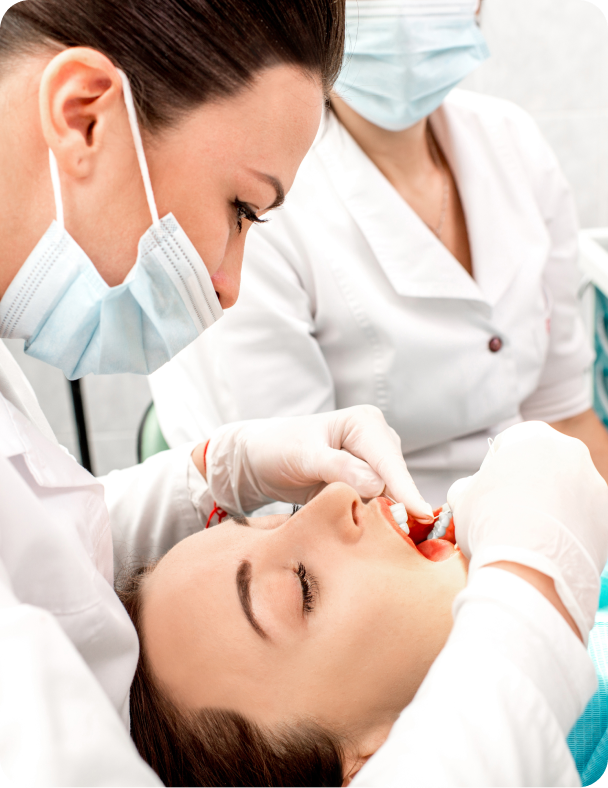

Treatments Available
Depending on the damage to the tooth, treatments for tooth
fractures
can vary. Here’s a few:
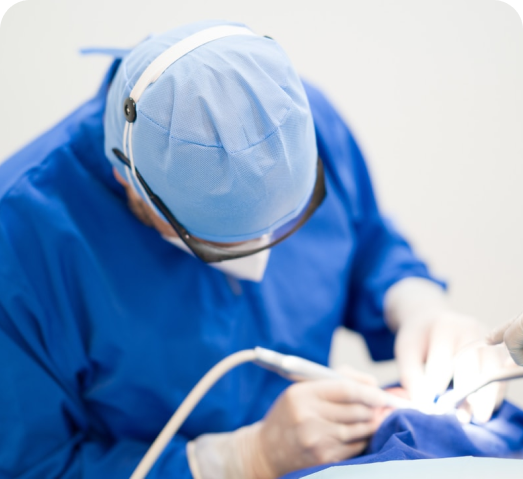
Bonding
Plastic resin is used to fill small cracks and restore the shape of the teeth
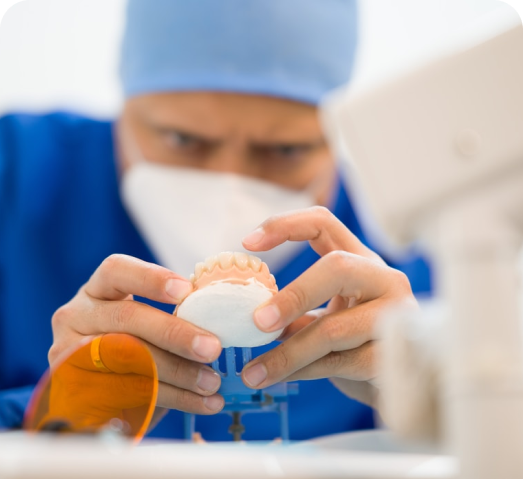
Crowns
A crowns acts as a strong covering that protects your teeth while improving the appearance. After preparing the tooth and making an impression, the dentist will cement the crown to your tooth.
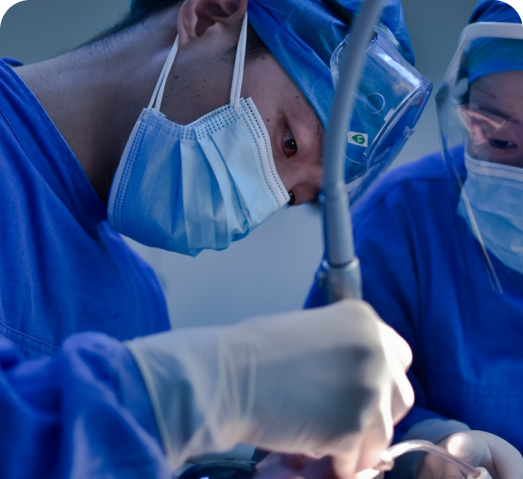
Dental Implants
Cracks that extend below beyond the gum line are untreatable and the tooth needs to be pulled. Dental implants act as replacements for missing teeth.
What You Can Do to
Prevent Fractures?
Accidents happen and there is no foolproof way to prevent a fracture. However, doing the following can help reduce your susceptibility to cracks:
- Avoid clenching and grinding your teeth. Wearing a mouth guard can curb habitual grinding.
- Wear protective gear during sports.
- Avoid chewing on hard objects like ice. Don’t put off treatment! Unlike bones, cracked teeth don’t completely heal and can get progressively worse
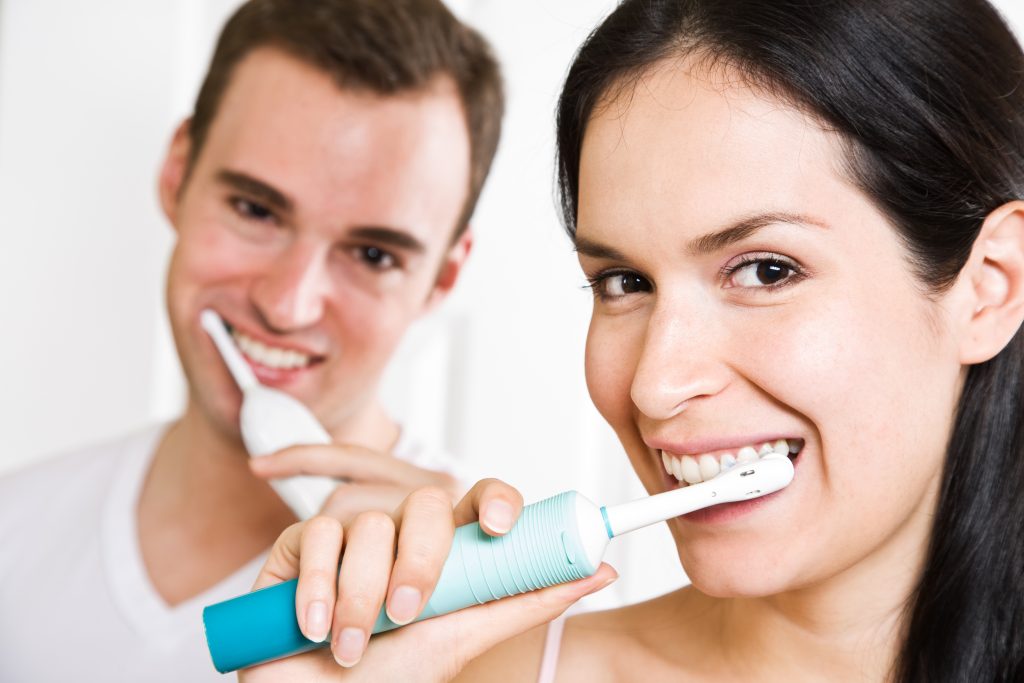

Call Us At Our Dental Office 24 Hours A Day
We will make sure that a Salt Lake City Emergency Dentist fits you in quickly. Rest assured, your dental problem will be dealt with in a friendly and professional manner by our staff.
801-663-7017


Copyright SaltLakeCityEmergencyDentist.net 2020
